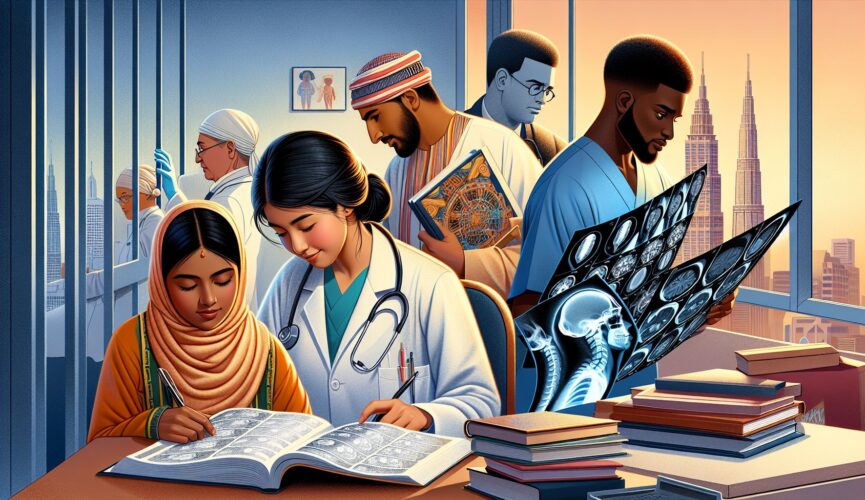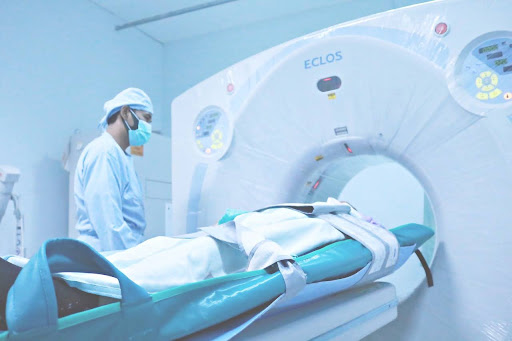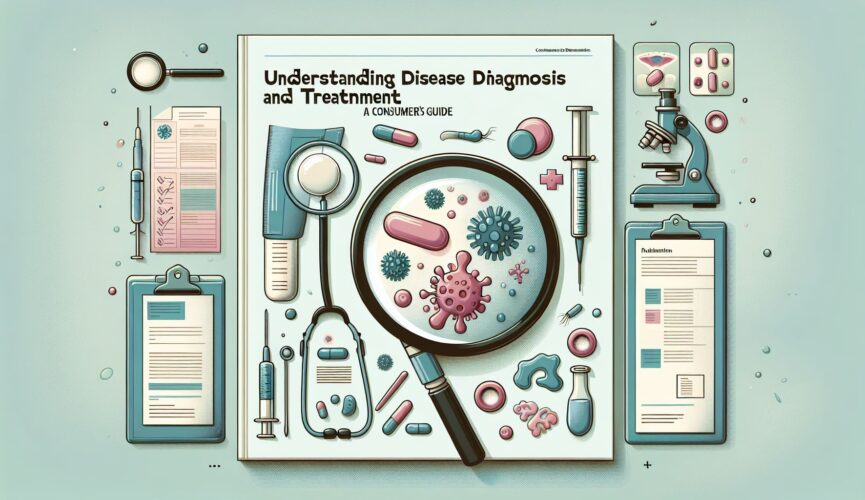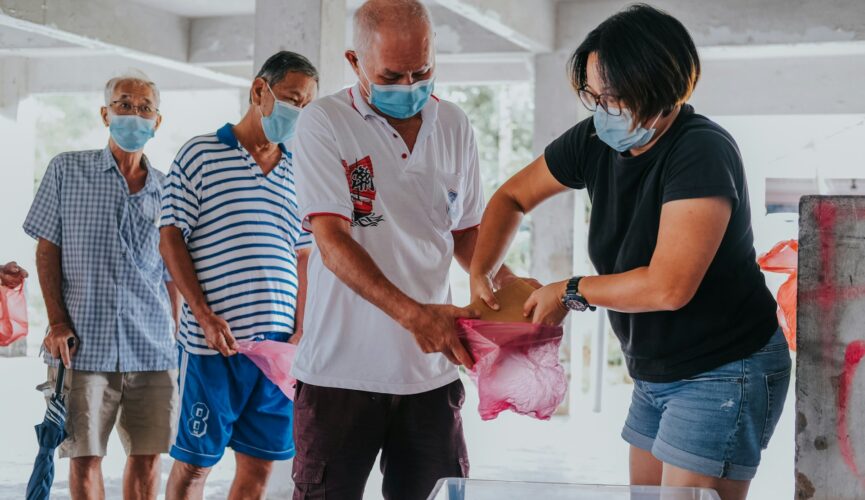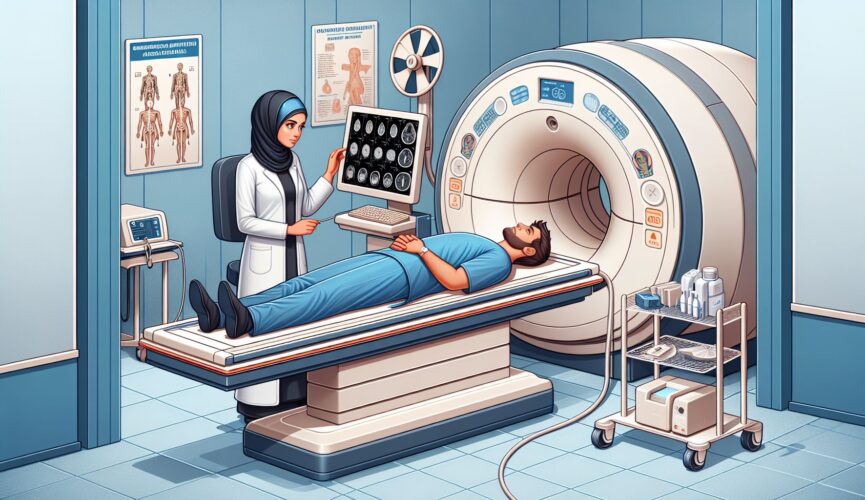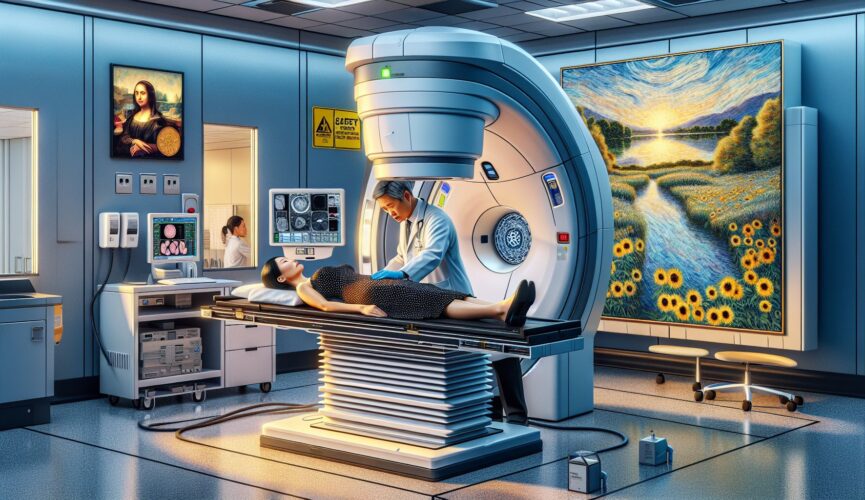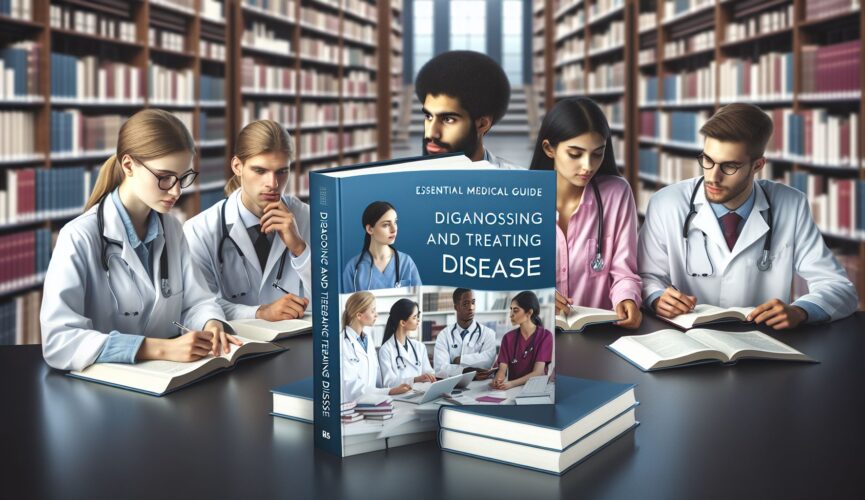Radiologists play a crucial role in the diagnosis and treatment of cancer. They are responsible for interpreting medical images, such as X-rays, MRIs, and CT scans, to help oncologists and other healthcare professionals develop treatment plans for cancer patients. If you have a passion for helping others and a strong interest in medical imaging, pursuing a career as a radiologist can be incredibly rewarding. Here are some steps to help you become a radiologist specializing in oncology.
Step 1: Obtain a Bachelor’s Degree
The first step towards becoming a radiologist is to obtain a bachelor’s degree in a relevant field, such as biology, chemistry, or physics. It is important to maintain a high GPA and take prerequisite courses in math and science to prepare for medical school. Additionally, gaining experience through internships or research opportunities can strengthen your application to medical school.
Step 2: Attend Medical School
After completing your bachelor’s degree, the next step is to attend medical school. During medical school, you will learn about anatomy, physiology, and other core medical concepts. You will also have the opportunity to complete clinical rotations in various specialties, including radiology. It is important to excel academically and make connections with radiologists and other healthcare professionals during this time.
Step 3: Complete Residency Training
Following medical school, aspiring radiologists must complete a residency program in diagnostic radiology. During this training, you will gain hands-on experience interpreting medical images and working with cancer patients. It is important to choose a residency program that offers specialized training in oncology to prepare for a career as a radiologist focusing on cancer care.
Step 4: Obtain Board Certification
After completing residency training, radiologists must obtain board certification from the American Board of Radiology. This involves passing a series of exams that test your knowledge and skills in radiology. Obtaining board certification demonstrates a high level of expertise in the field and is essential for practicing as a radiologist.
Step 5: Consider Fellowship Training
For radiologists interested in specializing in oncology, completing a fellowship program in oncologic imaging may be beneficial. Fellowship training provides additional expertise in interpreting imaging studies related to cancer and working with cancer patients. This specialized training can enhance your skills and knowledge in the field of oncologic radiology.
Step 6: Stay Current with Advancements in Radiology
As a radiologist specializing in oncology, it is important to stay current with advancements in medical imaging and cancer treatment. Attending conferences, participating in continuing education courses, and staying informed about the latest research can help you provide the best possible care for cancer patients. Collaborating with oncologists and other healthcare professionals is also essential for delivering comprehensive and personalized care.
In conclusion, becoming a radiologist specializing in oncology requires a strong educational background, hands-on training, and a commitment to staying current with advancements in the field. By following these steps and pursuing opportunities for specialized training, you can make a meaningful difference in the lives of cancer patients. Your dedication and expertise as a radiologist will play a vital role in the diagnosis and treatment of cancer, providing care and support for those in need.
